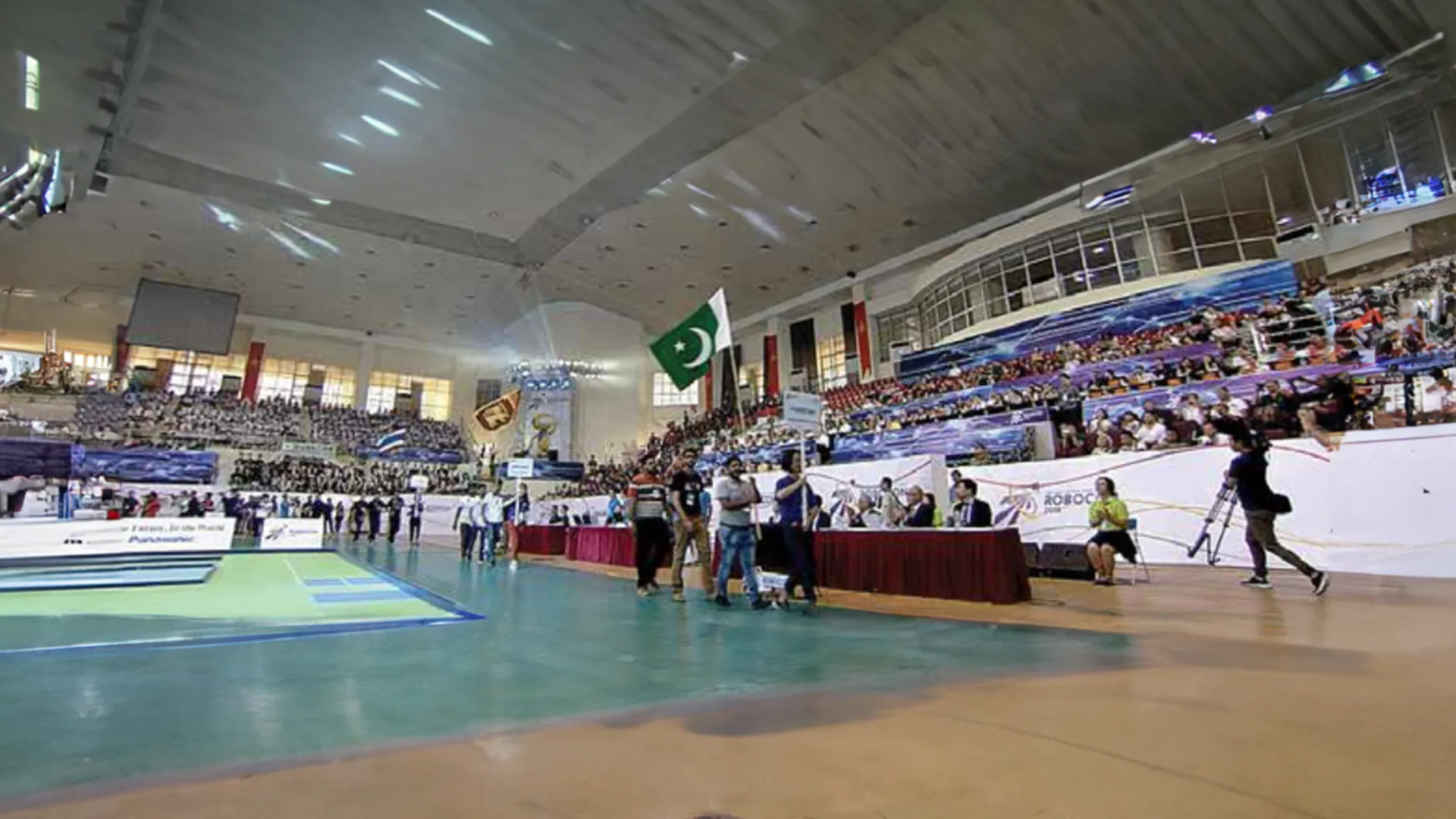A Flexible Solution for Tactical Communications
Overview
The project with a funding of 26 million PKR by the Ignite, National Technology Fund, aims to develop the first 5G Air‐Interface testbed in Pakistan. We will be implementing advanced 5G communication techniques such as filter‐bank multi‐carrier and massive MIMO processing on high‐end digital processing platforms interfaced with 5G‐capable multi‐antenna RF front‐ends. The 5G‐SDR project not only instills the passion of applied 5G research in the undergraduate and postgraduate students at CASE, but also in collaboration with CARE – the industrial partner, packages it into a commercially sellable tactical communication waveform for the national and regional defense forces.
Project Core Team
Principal Investigator
- Dr. M. Danish Nisar, Associate Professor, Electrical & Computer Engineering Department, Center for Advanced Studies in Engineering (CASE), Pakistan
Co-Principal Investigators
- Hammad A. Khan, Director, Head of Software Defined Radio Group, Center for Advanced Research in Engineering (CARE), Pakistan
- Dr. Shoab A. Khan, Chief Executive Officer, Center for Advanced Research in Engineering (CARE), Pakistan
Project Updates
- Project Kick-Off: The project started on 1st June, 2019
- Q1 Quarterly Deliverable: The Q1 technical report was submitted to Ignite on 4th September 2019.
- Q1 Monitoring Visit: The first site visit from Ignite was successfully conducted on 4th November 2019

In the arena of commercial cellular communication systems, there has been a revolution triggered by the advent of smart handheld devices over the last decade, beginning primarily from the launch of smartphones in 2007. While the 2G cellular networks were primarily aimed at serving the requirements of voice traffic, the subsequent 3G and 4G cellular standards have been putting an increasing emphasis on data connectivity. Besides the phenomenal growth of data traffic, we are witnessing the emergence of service modes and traffic types which altogether did not exist earlier. This has led to an enormous interest in academia as well as industry to explore potential technologies for 5G communications including not only the air-interface (physical layer) design but also the upper layer advances. The 5G standard itself is expected to be mature somewhere in 2020.
On the other hand, in the arena of mission critical tactical communications, there has been a growing trend for the use of Software Defined Radio (SDR) technology, because simply by switching the software implemented waveforms, it enables us to use a single hardware for communication over different networks such as those employed by military forces, law enforcement agencies, and emergency and rescue organizations. SDR is however a dual-use technology, also popular in commercial industry, and our focus in this project is to use SDR technology as a bridge to bring the recent and upcoming advances of the 5G technology in commercial industry to the field of tactical communications with its challenging requirements.
This project not only involves contribution to the advancement of the state of the art on 5G systems and applied research in the domain of 5G physical layer, but also focusses on the design of a waveform for tactical communications based on some of the key 5G technologies. Thus, the primary outcome, especially from the commercial perspective would be a 5G oriented tactical communication waveform that can run on a generic hardware platform, and which can eventually be licensed to the defense forces of Pakistan, as well as those of other regional countries, thereby strengthening the defense of our country by providing better communication to our troops in low and high intensity conflicts. In this way, the project outcomes and commercial benefits will stretch far beyond the project duration.
Besides the evident commercial benefits, the project would implicitly benefit Pakistan in the following manners. It would promote applied research in the domain of 5G systems and encourage research-group collaborations across various universities in Pakistan. It would contribute to the creation of human resource pool who are equipped with the latest global technologies and are ready to contribute to the academia and research and development industry both within and outside Pakistan. Finally, by holding seminars, workshops and short courses, the project would help us to spread the technical expertise of the 5G and tactical communications among the research community of Pakistan.
In summary, the 5G-SDR project instills the passion of 5G research in the academia and R&D industry of Pakistan, and also packages it into a commercially sellable tactical communication waveform for the national and regional defense forces.






